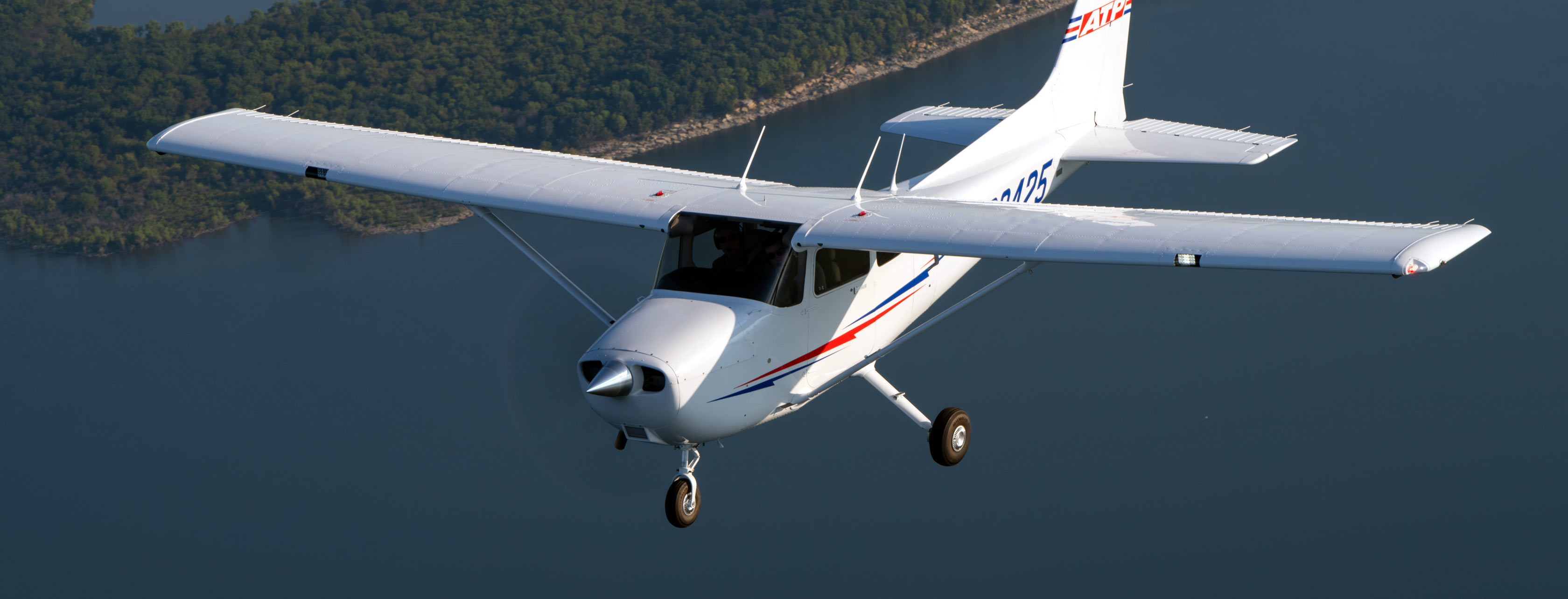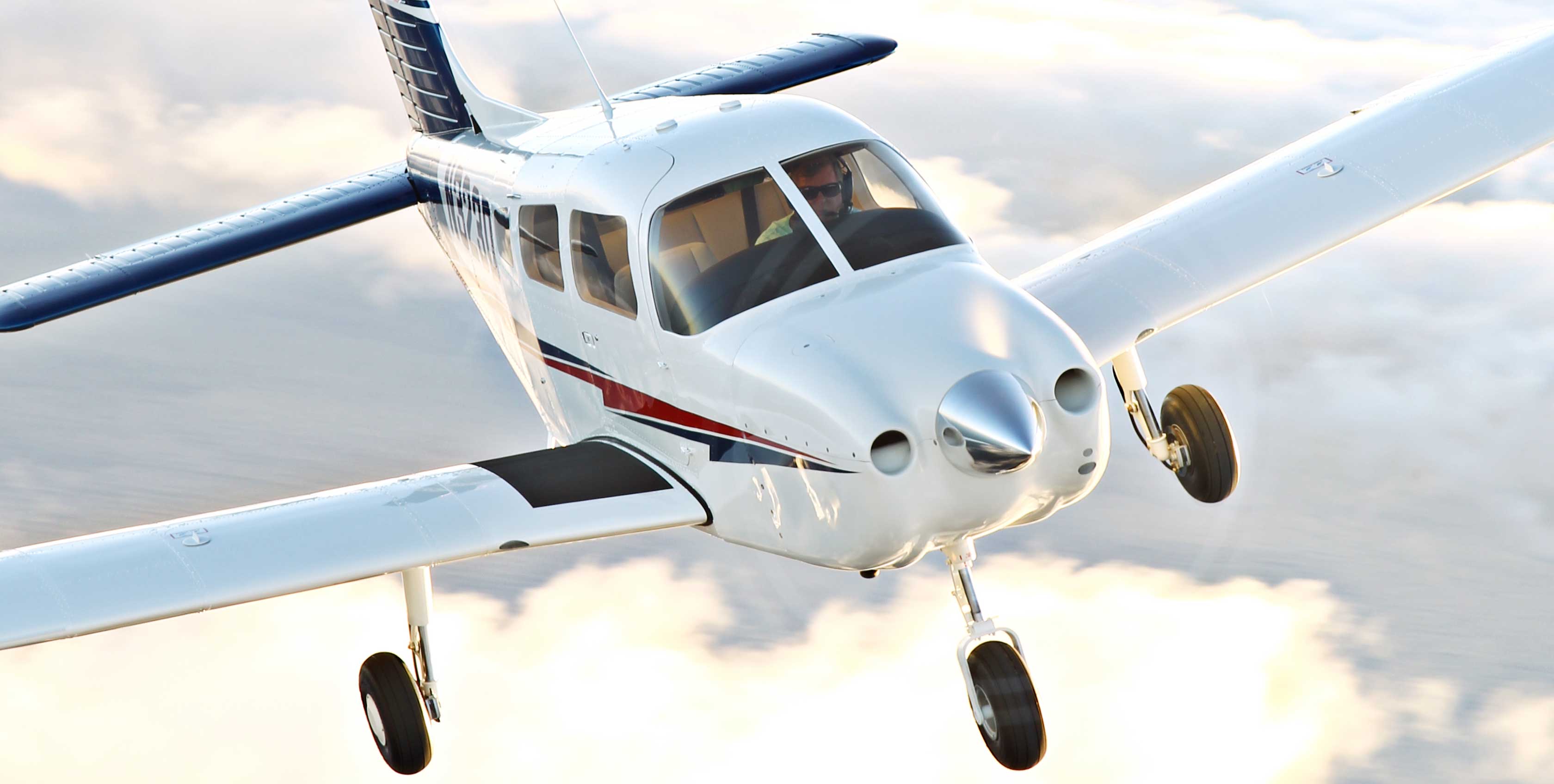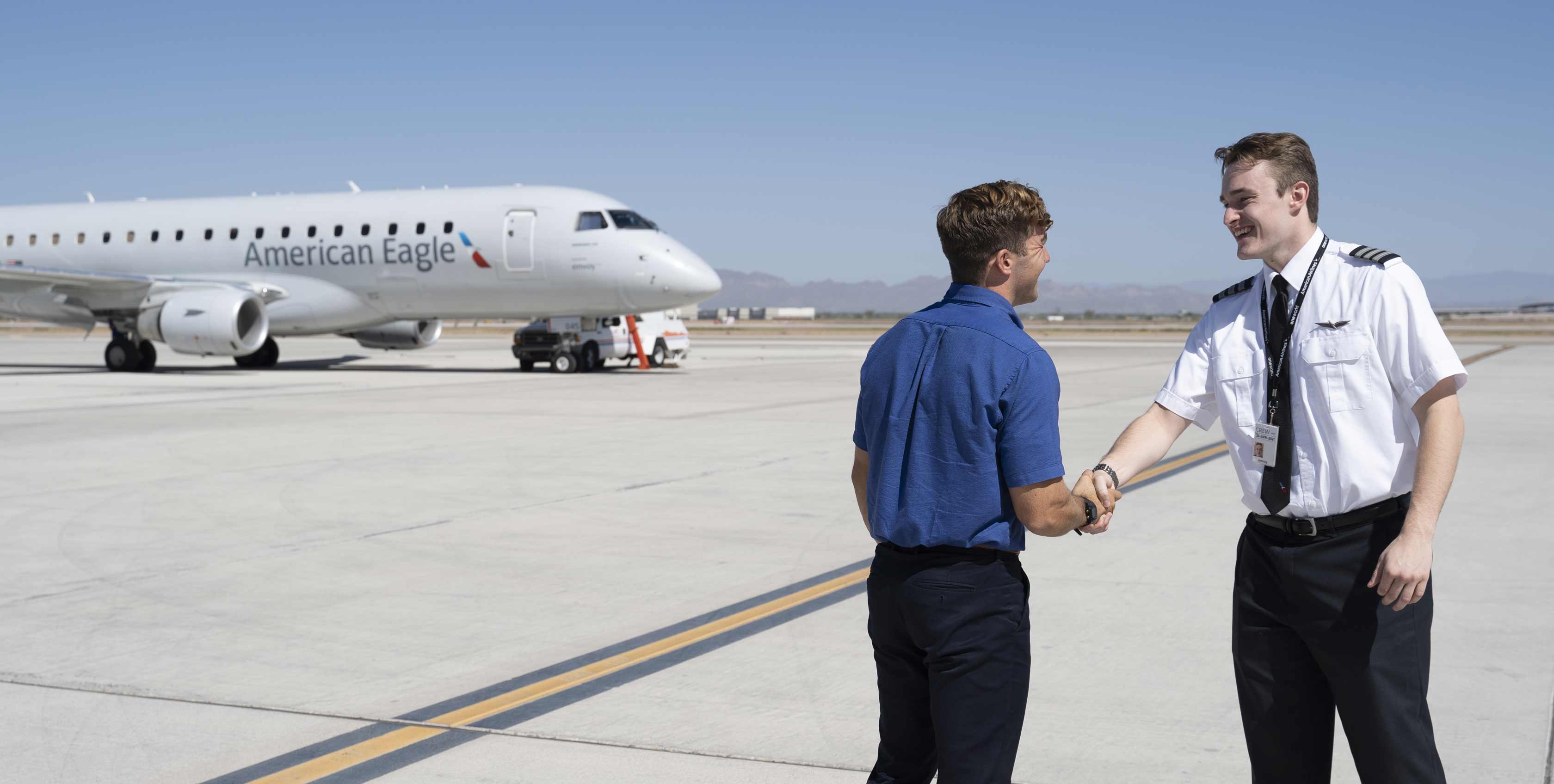Class A Airspace
Class A airspace generally begins from 18,000 feet mean sea level up to and including 60,000 feet. Operations in Class A are generally conducted under Instrument Flight Rules and primarily used by higher performance aircraft, airline and cargo operators, etc.
Class B Airspace
Class B airspace utilizes the space surrounding the nation’s busiest airports and begins from the surface to 10,000 feet MSL. Class B is made up of several layers of varying sizes and shapes, is individually tailored for the needs of the airspace, and often resembles an upside-down wedding cake, with the airspace widening as altitude is increased. All aircraft are required to obtain a clearance from Air Traffic Control (ATC) and follow their guidance to operate within or through Class B airspace.
Class C Airspace
Class C surrounds busy airports that are not quite as busy as Class B airports. It is also made up of layers tailored to the needs of the airspace but is not as elaborate as Class B. In Class C you will generally find a 5 nautical mile inner ring from the surface to 4,000 feet, and a 10 nautical mile outer ring from 1,200 to 4,000 feet above the airport elevation. An aircraft does not need specific clearance into the Charlie airspace, but two-way radio communications with the ATC facility and their provision of air traffic services must be obtained prior to entering, and maintained while inside the airspace.
Class D Airspace
Moving on to lesser and lesser restricted airspace, the Class D airspace exists around airports that still have an operating control tower but are not as busy as the Class C airports. Generally beginning from the surface to 2,500 feet above airport elevation, the shape of Class D airspace is individually tailored but exists as just one layer, rather than having varying shapes stacked on top of each other. Two-way communication must be made and maintained prior to entering and while operating within the Class D airspace.
Class E Airspace
Class E airspace is any controlled airspace not classified as the aforementioned airspaces surrounding airports. Most of the airspace in the United States is designated Class E airspace. The level of control within Class E airspace is meant for air traffic operating on Instrument Flight Rules, while aircraft flying under Visual Flight Rules usually have the freedom to move throughout the airspace as they wish. Where Class E begins and ends can be complex, but in most areas, Class E airspace begins at 1,200, while others may have Class E beginning at the surface or at 700 above ground level (AGL). The airspace extends up to but not including 18,000 feet MSL, and also excluding any other overlying airspace. Class E begins again above 60,000 feet. There are areas where the base of Class E is depicted on the sectional as starting at different altitudes than standard, such as offshore surrounding the contiguous United States.
Class G Airspace
Uncontrolled airspace is known as Class Golf (G), and is the portion of airspace not designated as any of the previous airspaces. Class G extends from the surface to the base of the overlying Class E airspace. Pilots can operate as they choose, barring any regulatory requirements restricting their movement, such as low altitude aerobatics or conducting activities that may pose a hazard to people or objects on the ground. Most of the airports in the United States are uncontrolled, meaning they have no control tower and pilots must coordinate their own airport operations by utilizing onboard radio if equipped.
Reference FAA Pilots Handbook of Aeronautical Knowledge Chapter 15 for additional information.
Request More Information »




